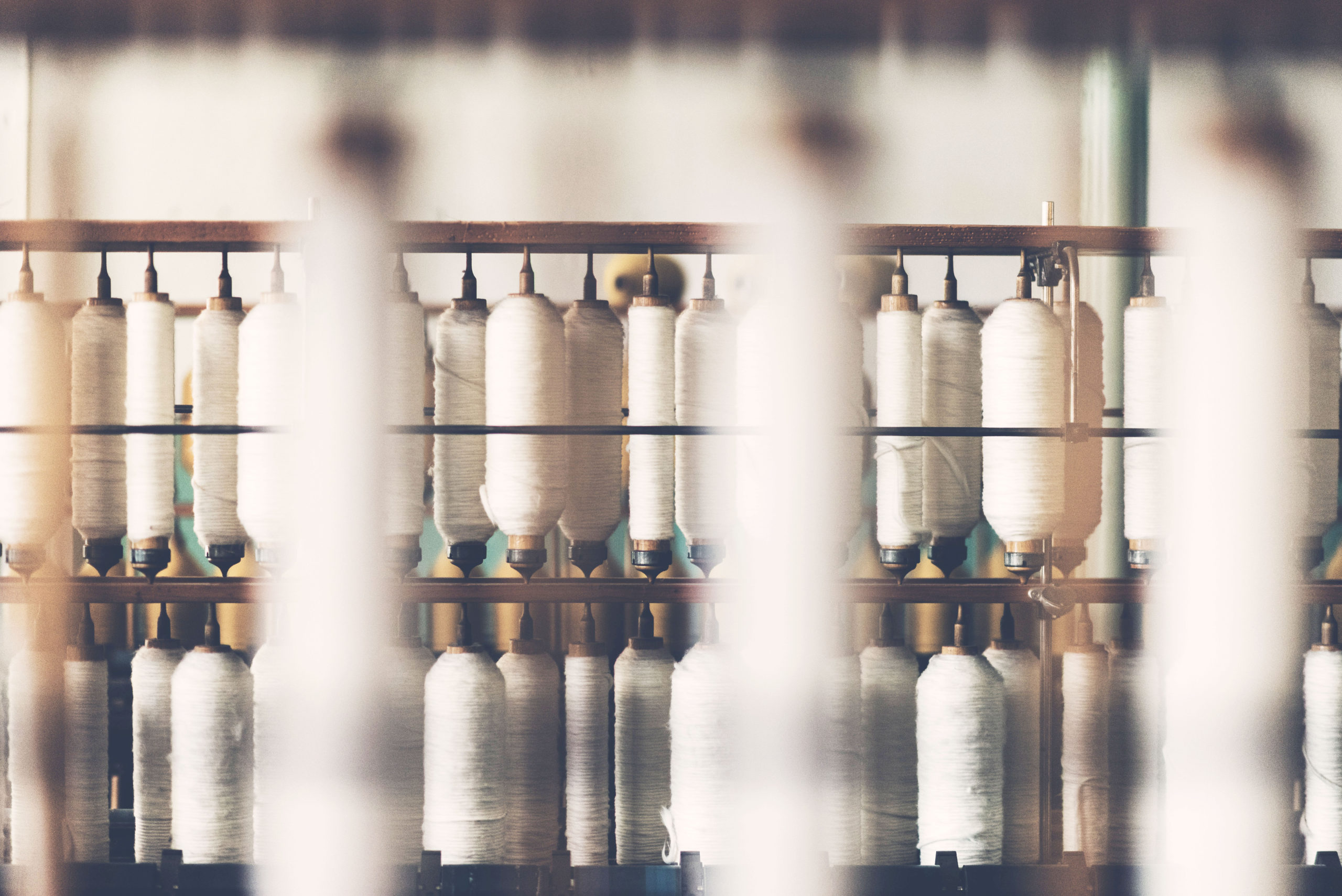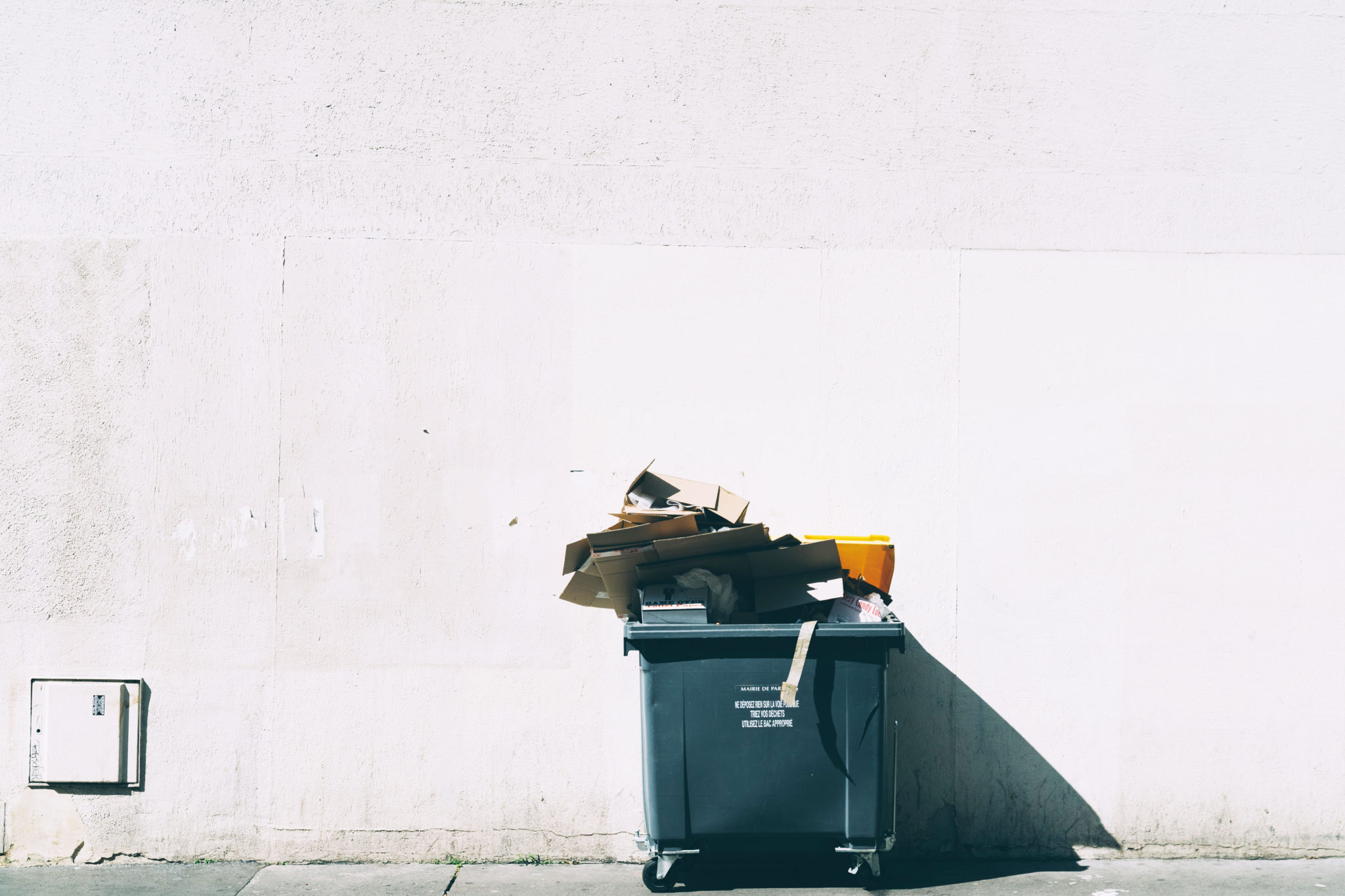Purchasing departments redefine the relationship with their suppliers to move production forward in the current supply crisis. The situation brings down the old supply systems for the fashion industry, but the transition to a more sustainable model in the long term will only be possible for brands that find a transformation opportunity in this crisis. During 2020, the pandemic caused by Covid-19 hit the textile sector. This trend has been emphasized in the last quarter of 2021 due to the collapse of the main ports in China, the shortage of containers and the rising cost of raw materials such as cotton or polyester.
The situation brings down the old supply systems for the fashion industry, but the transition to a more sustainable model will only be possible for brands that find a transformation opportunity in this crisis.
In this scenario it’s worth asking, what measures would allow brands to minimize risks and move towards a more sustainable supply system?
Bring production closer
Increasing the weight of nearby production means greater flexibility for the fashion industry. The reduction of kilometers between brands and suppliers translates into the following:
- Possibility of saving time in decision-making. Local suppliers tend to have a faster reaction ability.
- End of dependence on naval transport. If there are no maritime movements, the congestions that take place in ports will be avoided.
- Greater control over production. Proximity leads to more fluid communication, along with the ability to visit manufacturing plants more frequently.
- Cost reduction in the supply chain. Investment in logistics decreases with distances and the possibility of getting rid of storage.
- Ability to deliver the product in less time. The shorter the journey that the product has to make, the shorter the delivery times will be.
Reduce the number of units produced
The economy of scale has caused an excessive increase in production volumes in the fashion industry, however its reduction can help brands successfully overcome the current situation due to its advantages:
- Production easier to handle. As volume decreases, production monitoring becomes more effective.
- Attention to detail. If there are fewer references, more attention can be paid to each product.
- Higher reaction ability. Lighter production also allows brands to more easily adapt to changing circumstances.
- Reduction of surpluses. The more stock matches demand, the fewer unsold units will be.
Limit the number of suppliers
Reducing the number of suppliers with which a brand works simplifies the production process as a consequence of the following:
- Greater trust in the supply chain. A more secure environment is generated by maintaining a close relationship with few suppliers.
- Better negotiation conditions. By making more significant purchases, brands have the ability to reach more competitive deals.
- Lower transportation costs. Moving goods from fewer places makes travel cheaper.
- Better performance tracking. Trust and constant communication lead to better control and management of orders.
These measures go beyond overcoming a specific situation. At BCOME we want brands to make decisions with a comprehensive strategic sense that allows them to move towards a long-term sustainable supply model with effects not only on an economic level but also on the environment and society:
- Reduction of the environmental effects caused by long-distance transport as a consequence of the closer production.
- Support to the local economy by relocating the supply chain closer.
- Minimization of the resources consumed as well as pre and post-consumer waste generated due to a lower volume of units produced.
- Improved performance of facilities in terms of sustainable innovation and safety as a result of a long-term relationship with suppliers.
- Protection of fair trade by recognizing the work of all the people involved in the production chain.
Every crisis presents a great opportunity and the shortage of supplies can be the starting point of one of the great changes that the fashion industry is about to experience.








